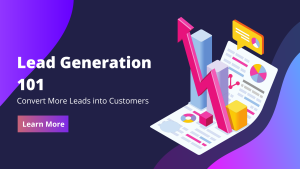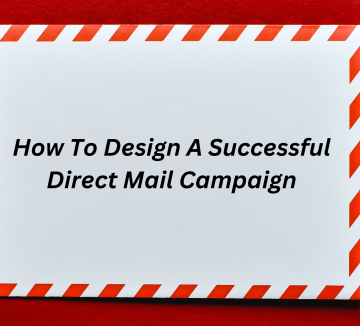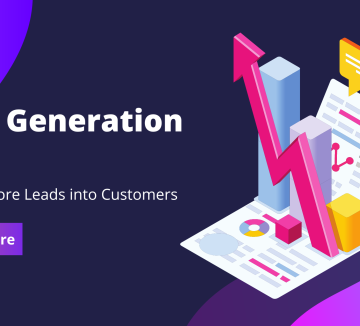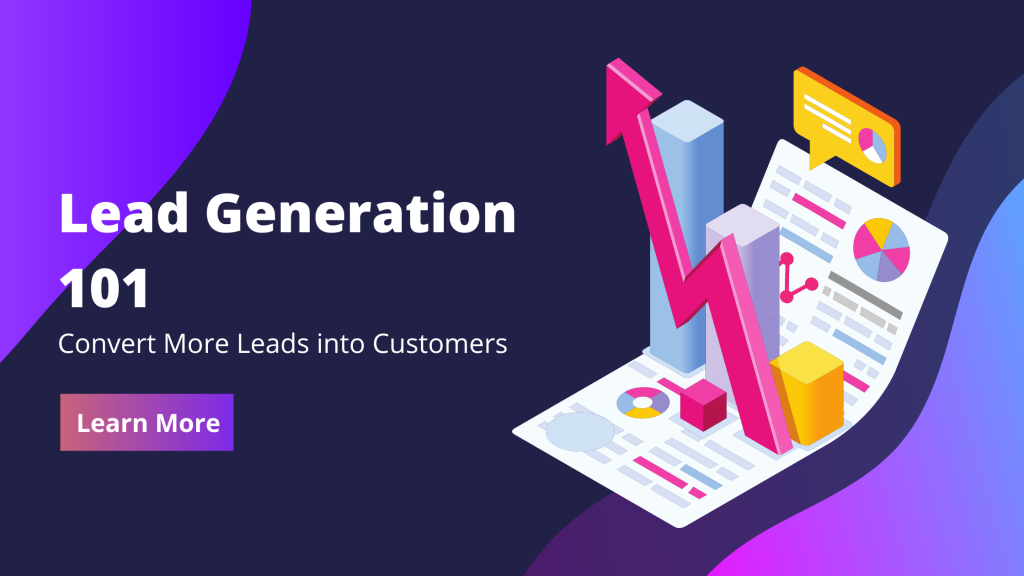Last Updated on May 4, 2023 by David
Lead nurturing is a key component of a successful sales process. It involves establishing and maintaining a relationship with potential customers through targeted and personalized communication to convert them into paying customers.
This blog will explore the importance of lead nurturing and how businesses can create an effective lead nurturing sequence to drive conversions and increase revenue. We will also provide a real-world example of a company that has successfully implemented a lead nurturing campaign.
If you’re looking to improve your sales process and convert more leads into customers, keep reading to learn more about the benefits and best practices of lead nurturing.
What is Lead Nurturing?
Lead nurturing establishes and maintains a relationship with potential customers through targeted and personalized communication. It is a way to build trust and credibility with potential customers and ultimately convert them into paying customers.
Lead nurturing involves providing value and relevant information to potential customers over a period of time rather than trying to sell to them immediately. This can include sending educational emails, offering valuable content, or providing personalized recommendations. The goal of lead nurturing is to guide potential customers through the sales funnel and turn them into paying customers.
Why is Lead Nurturing Important?
Here are top reasons you should start nurturing your leads.
Making immediate contact with leads
One of the key benefits of lead generation is the ability to establish contact with potential customers immediately. By capturing leads through forms, landing pages, or other methods, businesses can reach out to potential customers as soon as they express interest in their products or services. This allows businesses to establish relationships with these leads and begin the sales process immediately.
Enhancing thought leadership through lead generation
Another benefit of lead generation is the ability to build thought leadership. By providing valuable content to potential customers, businesses can establish themselves as experts in their industry and build trust with their audience. This can be especially helpful for businesses that are just starting out, as it can help to establish credibility and attract more leads.
Maintaining consistent communication with leads.
Maintaining consistent communication is also a key benefit of lead generation. By using email marketing or other methods to stay in touch with leads, businesses can ensure that they remain top-of-mind with potential customers. This can help to keep leads engaged and interested in the business, increasing the chances of converting them into paying customers.
Identifying the interests or pain points of leads
Lead generation can also help businesses identify potential customers’ interests or pain points. By gathering data through forms and other methods, businesses can learn more about their leads and tailor their marketing efforts to meet their needs better. This can help to improve the chances of converting leads into paying customers.
Finding segmentation opportunities through lead generation
Another benefit of lead generation is the opportunity to find segmentation opportunities. By gathering data on leads, businesses can segment their audience based on various factors such as industry, location, or interests. This allows businesses to create targeted marketing campaigns that are more likely to resonate with specific groups of leads, increasing the chances of converting them into paying customers.
Improving engagement through lead nurturing
Maintaining or increasing engagement is also a key benefit of lead generation. By providing valuable content and staying in touch with leads, businesses can keep them engaged and interested in their products or services. This can help to keep leads moving through the sales funnel and increase the chances of converting them into paying customers.
Encouraging referrals and new lead generation
Lead generation can also encourage referral and new lead generation. By providing excellent products or services and maintaining good relationships with customers, businesses can encourage their customers to refer others to their business. This can help to bring in new leads and increase revenue for the business.
Automating the sales cycle through lead nurturing
Finally, lead generation can be automated through the sales cycle. By using marketing automation tools, businesses can set up automated campaigns that reach out to leads at specific points in the sales process. This can help to keep leads engaged and move them through the sales funnel, increasing the chances of converting them into paying customers.
How to Create a Lead Nurturing Sequence
Identify your target audience.
Before you can start nurturing leads, you must identify your target audience. This includes identifying their needs, pain points, and what motivates them to purchase. Understanding your target audience can create a lead nurturing campaign that speaks to their specific needs and interests.
Set lead nurturing goals
Next, you need to determine what your lead nurturing goals are. Do you want to increase conversions, generate more leads, or provide value to potential customers? By setting specific goals, you can better tailor your lead nurturing efforts to achieve your desired results. For example, if your goal is to increase conversions, you may create email campaigns encouraging potential customers to make a purchase.
Choose the right channels.
You can use many different channels to nurture leads, including email, social media, and content marketing. Choose the most effective channels for reaching your target audience and aligning with your goals. For example, if your target audience is active on social media, you may want to focus on creating a lead-nurturing campaign on platforms like Facebook or Instagram.
Create a personalized lead nurturing campaign
Now it’s time to create a personalized lead nurturing campaign. This could include a series of emails, social media posts, or blog articles that provide value to your potential customers and move them closer to making a purchase. It’s important to remember that lead nurturing is a long-term process, so your campaign should be designed to provide value over time rather than trying to sell immediately.
Test and measure
As with any marketing campaign, it’s essential to test and measure the effectiveness of your lead nurturing efforts. This can help you identify what’s working and what needs improvement and adjust accordingly. Testing different elements of your lead nurturing campaign, such as subject lines, email content, and call-to-actions can help you optimize your efforts and achieve better results.
Real-World Example:
One company that has effectively implemented a lead nurturing campaign is HubSpot. They use email, social media, and content marketing to provide value to potential customers and move them through their sales funnel.
According to a case study by HubSpot, their lead nurturing efforts resulted in a 50% increase in sales-qualified leads and a 77% increase in revenue. This demonstrates the power of lead nurturing in driving business results.
HubSpot’s lead nurturing campaign involves sending targeted emails to potential customers based on their interests and needs. They also use social media to engage with potential customers and offer valuable content, such as blog articles and webinars. By consistently providing value and staying top of mind, HubSpot has been able to nurture leads and drive conversions successfully.
Conclusion
Lead nurturing is crucial in sales and can help you build trust and credibility with potential customers. You can increase conversions and drive revenue by identifying your target audience, setting specific goals, choosing the proper channels, and creating a personalized lead-nurturing campaign. Real-world examples like HubSpot demonstrate the effectiveness of lead nurturing in driving business results, making it an essential strategy for businesses to consider.
Identifying the right leads involves understanding your target audience, creating buyer personas, and analyzing lead behavior data to identify those showing genuine interest in your products or services.
Key components of a successful lead nurturing campaign include personalized content, timely follow-ups, relevant offers, targeted messaging, and proper segmentation to ensure the right message reaches the right lead at the right time.
Automation tools can be utilized to streamline lead nurturing efforts by automating repetitive tasks, sending automated emails based on triggers or behavior, tracking lead interactions, and scoring leads to prioritize follow-ups.
Success can be measured by tracking metrics such as open rates, click-through rates, conversion rates, engagement rates, and lead progression through the sales funnel. Analyzing data can help optimize lead nurturing strategies.
Content that educates, addresses pain points, and provides value is most effective for lead nurturing. This may include blog posts, whitepapers, ebooks, webinars, case studies, and personalized demos.




